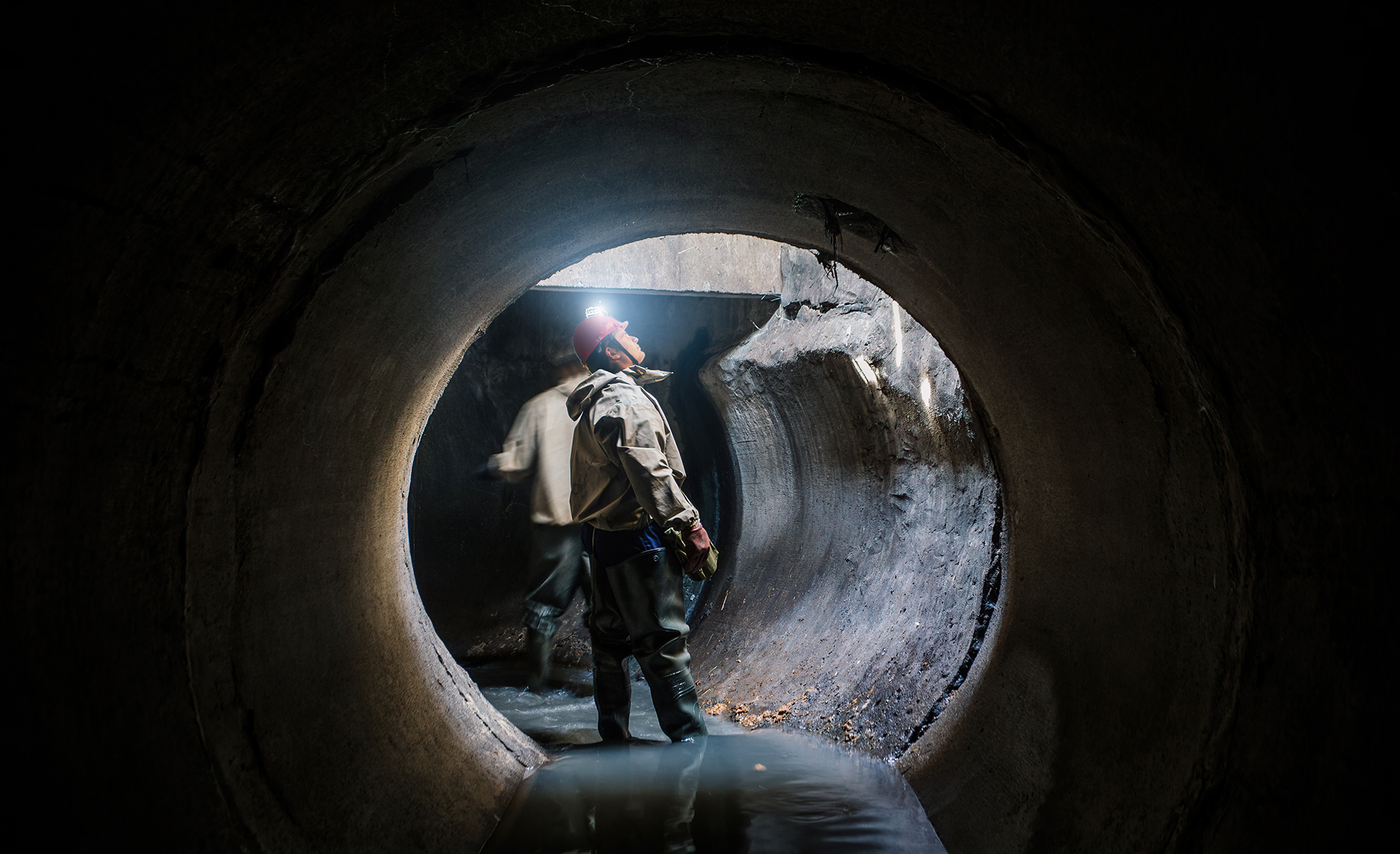
Projects
Corrosion in concrete sewers is known to cause extensive damage to sewer infrastructure, leading to leaks and other problems that can be costly to repair. In regions like greater Sydney, water utility operators spend hundreds of millions of dollars to address corrosion-related issues due to the lack of a proper methodology for predicting and estimating the EOSL of concrete sewers.
To avoid costly premature renewals, water utility operators need to adopt a risk-based approach to identify and decide when and where to carry out repairs. This project led by the University of Technology Sydney, in partnership with Melbourne Water, Macquarie University, and La Trobe University, will integrate photonic sensing, chemical engineering, biosensing, materials characterisation and data analytics to create an EOSL prediction model for sewer pipes based on existing prediction models, which can provide end users with a means to be more targeted with their sewer maintenance and repair activities.
PROJECT PARTNERS